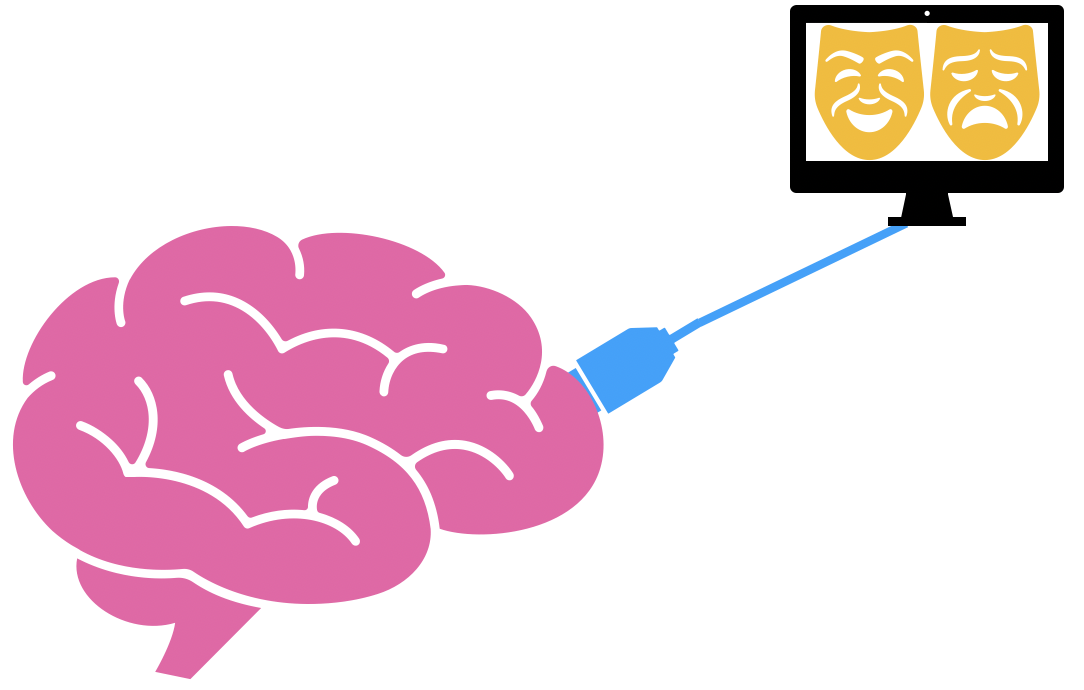Yesterday, while surfing Youtube, I came across a video on baking dark chocolate brownies at home. The irresistible delight of seeing the chocolate pulp rise in the oven into an airy ball of dough conjured in my mind the sweet aroma of a bakery, leaving my drooling mouth desperate to chomp down one of those scrumptious treats. It is incredible that watching a short video can leave us with a complete experience. How can a simple visual exposure stimulate our gustatory and olfactory senses as well? The answer is as simple as it is complex: memory.
There are 3 steps involved in the development of a memory: encoding, storage, and retrieval. Encoding reflects the process of collecting and holding various bits of information. This feature of the brain becomes crucially important to us right from the moment we are born. While contemplating the world, we begin to recognize faces. The tiny details, like a dimple on the cheek or thick eyebrows, can begin to differentiate the faces that we see from each other. The continuous exposure to a particular set of faces (parents, grandparents, siblings, etc) presents us with more opportunities to work out these intricacies. A structure in the core of our brain called the hippocampus takes responsibility for recognizing such patterns and then retains them as short term memories.
The process of holding onto these transient moments connects directly to storage. As we begin to recognize enough patterns and associations to those patterns, we can store the entire experience. For example, when we perceive the face of our mother to be present with baby food to satiate our hunger or comfort us into sleep, we develop a sense of emotional attachment for that figure in our life. With sustained moments of care, we can store our memories of attachment and facial recognition forever.
Our mind is made up of billions of building blocks called neurons. The connections between these building blocks enable our brain to function and command the rest of the body. Whenever our brain strives to construct a long term memory, a new set of connections have to form between the hippocampus (where the pattern was initially recognized) and the cerebral cortex (which makes up the outer covering of the brain). The cortex is responsible for higher order functioning, so connection to this region of the brain will promise a perpetual retention of the memory stored. This process of creating an indefinite memory is called long term potentiation.
Once we have stored the memory in the cerebral cortex, the information is accessible at any point through retrieval. Therefore, when we see our mothers again, we may stop crying. Hence, if you want to ace a test, it is important to create long term memories for retrieval by understanding the content rather than cramming and repeating information that will only sustain in the hippocampus for a short while.
Memory is quite elaborate. Understanding the process well enough can develop disparate benefits, from faster computers to tricks in daily life. Of course, memories may be quite damaging in certain unfortunate circumstances as well. However, the next time you watch a video on the creation for your favorite dessert, I bet you will be left with nothing but gratitude for our brain’s wonderful ability to store.
Author: Siddhant Kumarapuram Ganapath
